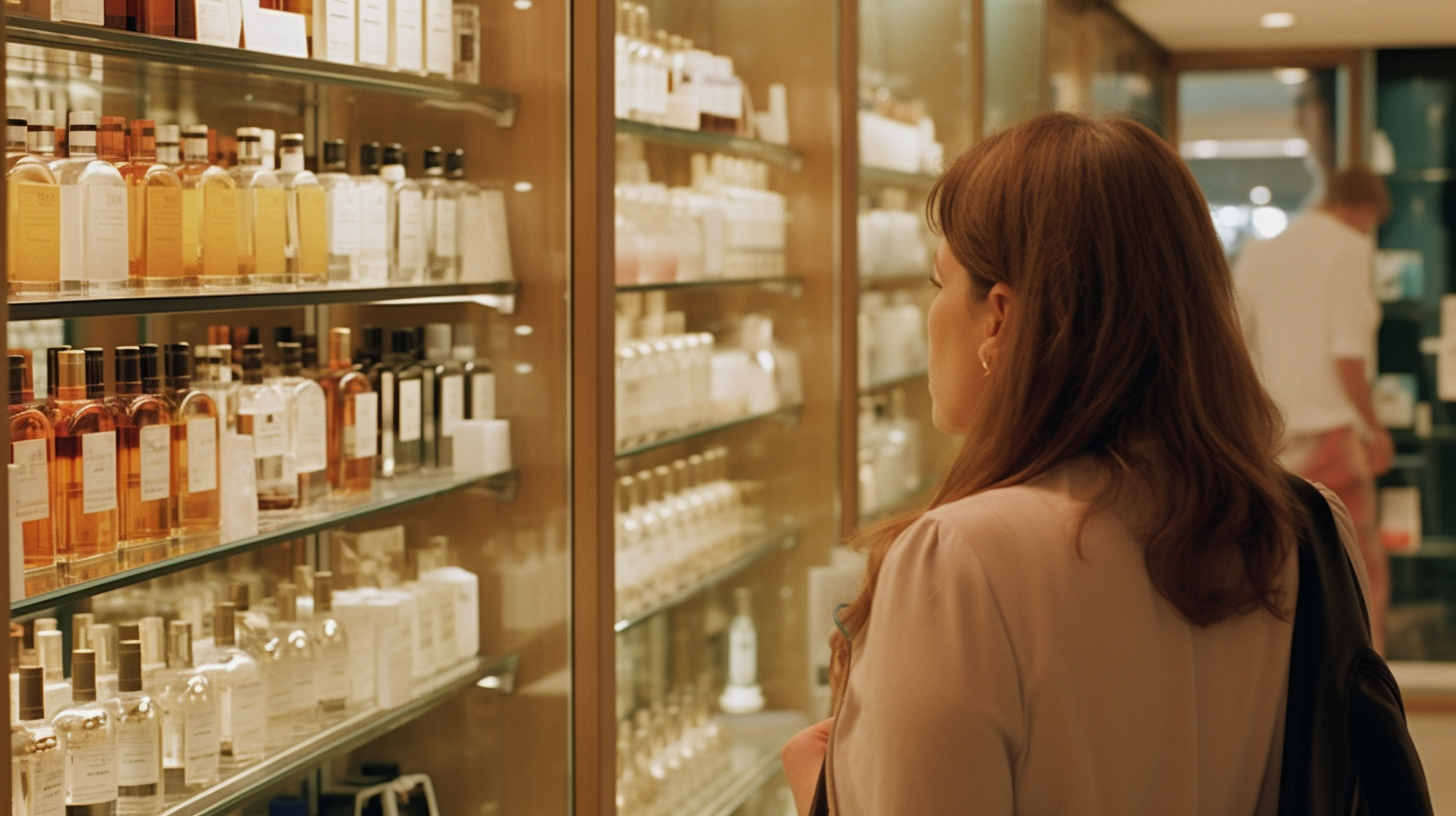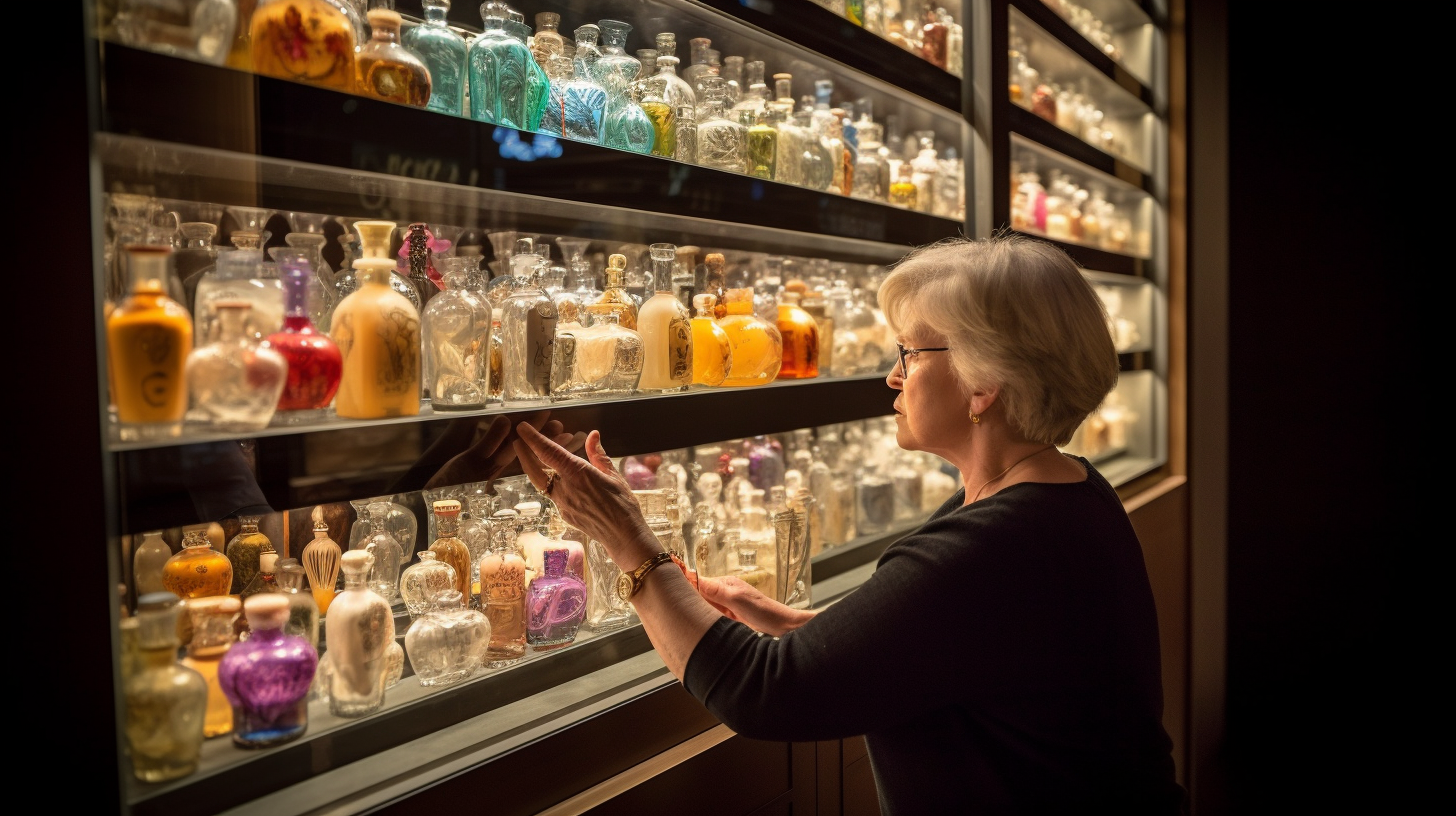Exploring the Fascinating History of Fragrance Bottles: From Ancient Times to Modern Day
Perfume has been an essential part of human culture for centuries. From the ancient Egyptians to modern-day society, fragrances have played a significant role in enhancing our daily lives. But, what about the bottles that hold these precious scents? The history of fragrance bottles is just as fascinating as the perfumes themselves. In this blog post, we will explore the evolution of fragrance bottles from ancient times to modern-day and how they have impacted the cultural and social contexts of each era.
Ancient Times
The use of perfume and fragrances dates back to ancient times. The Egyptians were among the first to create perfumes and scent containers using natural materials such as clay, stone, and glass. These containers were often decorated with intricate designs and hieroglyphics that symbolized the owner’s status or religious beliefs.
During ancient Greece and Rome, perfume was used for both personal hygiene and religious ceremonies. Fragrance bottles during this time were often made from terracotta or bronze and featured unique shapes such as animals or mythological figures. It wasn’t until the Middle Ages that fragrance bottles became more widely available to the general public.
The Middle Ages
During the Middle Ages, perfumes were primarily used by royalty and wealthy merchants. Fragrance bottles during this time were often made from precious metals such as gold or silver and adorned with gems or intricate engravings.
The rise of trade routes during this period allowed for greater availability of exotic fragrances from Asia and Africa, leading to an increase in demand for fragrance bottles. However, due to their high cost, only the upper class could afford these luxurious items.
The Renaissance
The Renaissance marked a significant shift in fragrance bottle design. Glassblowing techniques improved, allowing for more intricate designs and shapes. Perfumers began to experiment with new scents and fragrances, leading to an increase in demand for fragrance bottles.
During this time, fragrance bottles became more widely available to the general public. Glassblowers created unique designs such as flacons, which were small, cylindrical bottles with stoppers that allowed for easy application of perfume. These flacons were often made from colored glass and decorated with engravings or intricate patterns.
The Industrial Revolution
The Industrial Revolution marked a significant shift in fragrance bottle production. Mass production techniques allowed for the production of affordable fragrance bottles made from glass or porcelain. Perfume companies began to create their own signature bottle designs, such as Chanel’s iconic No. 5 bottle.
During this time, fragrance bottles became more than just a container for perfume; they became a symbol of luxury and status. The rise of advertising and marketing campaigns helped to increase demand for signature fragrances and their accompanying bottles.
Modern Day
Today, fragrance bottles continue to be an essential part of the perfume industry. While many modern-day fragrance bottles are mass-produced, there is still a market for handcrafted, unique designs. Perfume companies continue to create signature bottle designs that reflect their brand’s image and personality.
The rise of eco-friendly and sustainable practices has also impacted the fragrance bottle industry. Many companies now use recycled materials or biodegradable packaging to reduce their environmental impact.
Conclusion
The history of fragrance bottles is a fascinating journey through time that reflects our changing social and cultural values. From ancient times to modern-day, fragrance bottles have evolved into works of art that symbolize luxury and status. As we continue to evolve as a society, it will be interesting to see how the design and production of fragrance bottles will continue to change and adapt to our changing values and needs.




